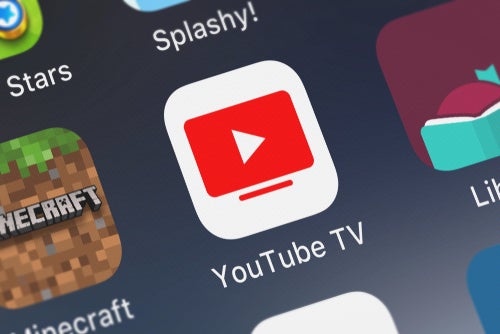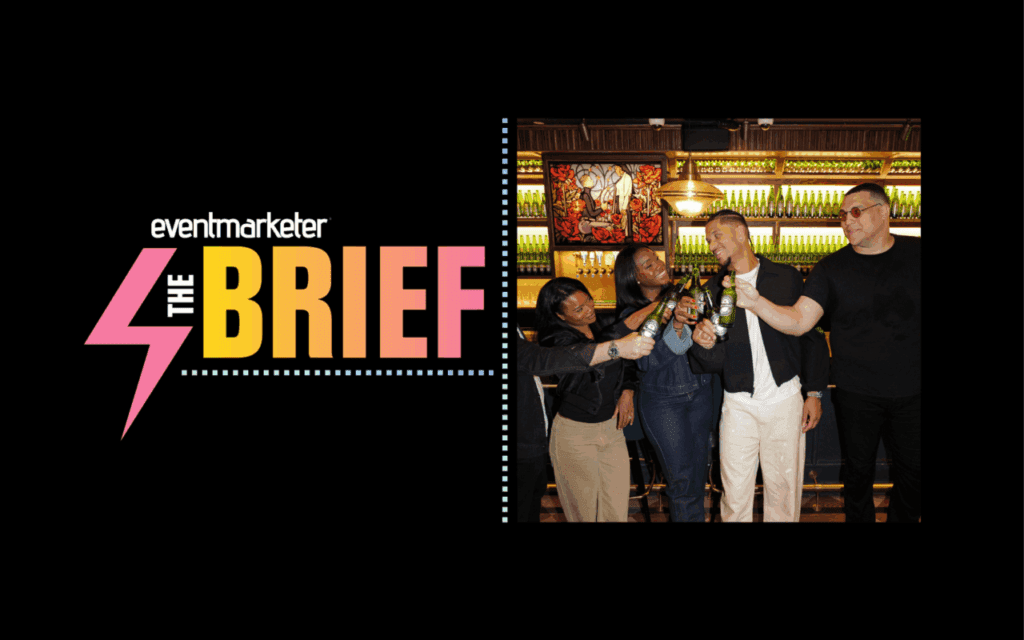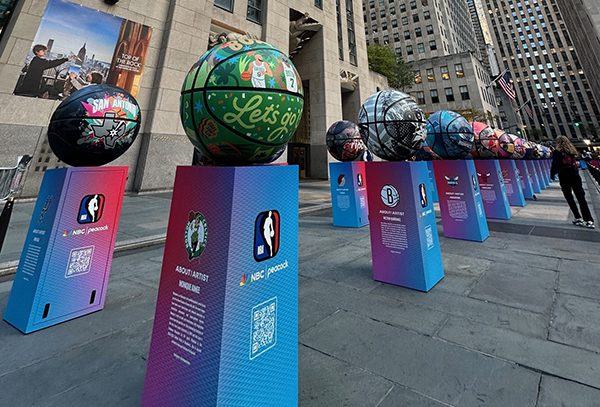By Michael Hawtin
A growing public appetite for online video content is driving an explosion of original material and paid advertising. According to comScore, 89 million people in the U.S. will watch 1.2 billion online videos today. As that number grows, consumer viewing trends are shifting at an ever-increasing rate, with YouTube and Facebook becoming predominant forces in the entertainment space.
With this shifting landscape, major publishing houses and Internet companies are engaging in an “arms race” to build up subscribers. As the delivery and subscription models come of age, it will be interesting to see how content owners unbundle their offerings and make them more readily available to consumers. In the near future, consumers will be able to watch every movie and TV show, in any language, day or night—directly impacting content creation and budget allocation as more online premium ad inventory becomes available.
Even as we look ahead to the future of video, we must also adapt and plan for today’s market.
When you are setting objectives for content creation, there are three buying models that require unique creative executions and consideration:
Video on Demand (VoD)
Experience tells us that the VoD buying model is similar to television buying in that it is a direct buy or value add to support traditional advertising. VoD follows the content publishing model (HBO on demand, for example) and subscription model (Netflix and Amazon). In terms of content creation, while direct buys offer some great opportunities, traditional TV creative works best here because the consumer has already selected the content they want to watch.
Network/Programmatic Buying
Marketers are faced with an overwhelming level of inventory and audience fragmentation. Each customer interaction happens on a different device, through a different media channel, and at a different time. Programmatic buying brings order to this fragmentation.
The big players in this market are the major media agencies with their own trading desks and inventory companies such as TubeMogul, BrightRoll, and Adap.tv. The general inventory in the space is pre- and mid-roll as well as some mid page unit space (MPU). Like VoD, the focus is generally on branding, but as with all things in the programmatic buying space, there is a great opportunity to offer creative to very specific consumer groups. Marketers should consider different messages within a standard creative set.
Biddable Cost-Per-View
YouTube, Facebook, and Twitter dominate this space. The use of these social media platforms coupled with AdWords and Facebook Marketplace play a key part in driving incremental viewership of content. When it comes to these platforms, I recommend avoiding traditional TV creative unless the intention is to drive awareness through pre-roll platforms. The creative focus should always be on informing or entertaining the customer, as this approach fits with their expectations. It’s important not to ignore that inventory and biddable technologies are also available within the network/programmatic buying space.
The rise of programmatic online video ad buying services like TubeMogul, Brightroll and Adap.tv is bringing the efficiencies and accountability of the Internet to media buying and breaking down the barriers between TV and online video buying. We can now maintain a consistent and integrated approach to targeting ad messages, but the primary roadblock in obtaining budget lies in metrics. I’m often asked, what is the key success metric to use when comparing against different media, like television?
There are many different success metrics to name, but some of the primary metrics include cost-per-view (CPV), impressions, click-through-rate (CTR), percentage watched, views, comments, likes/dislikes, and social shares. These metrics only tell a piece of the story; we’re still missing the full view. In the past, I was asked to deliver against the success metrics of views and CPV—in other words, reach and media efficiency. While this approach has its benefits and in some cases (e.g. VoD) makes good sense, engagement and consumer action should take a front seat. For CTR and content engagement, it’s important to consider comments, likes/dislikes, and interaction as insightful metrics.
Ultimately, as the $4 billion online video market moves closer to the $80 billion TV ad market, the best use of a combination of these two strong disciplines will become clear. We saw a big step forward with Nielsen’s work to integrate gross rating points (GRP) data with video ad platforms and Facebook. This has helped to provide a clearer picture to advertisers and level the playing field for all considered.
For the time being, I don’t foresee a big change to how budgets are managed for these efforts; most media communication will be done through digital platforms moving forward. While the planning element is just being worked out, there are a number of other elements like tracking, data analysis and creative implementation that sit very much in the digital area of expertise. Advertisers will need to either upskill their knowledge in these areas or provide digital experts the opportunity to shoulder the responsibility and deliver this work.
Michael Hawtin is group account director of iProspect.



